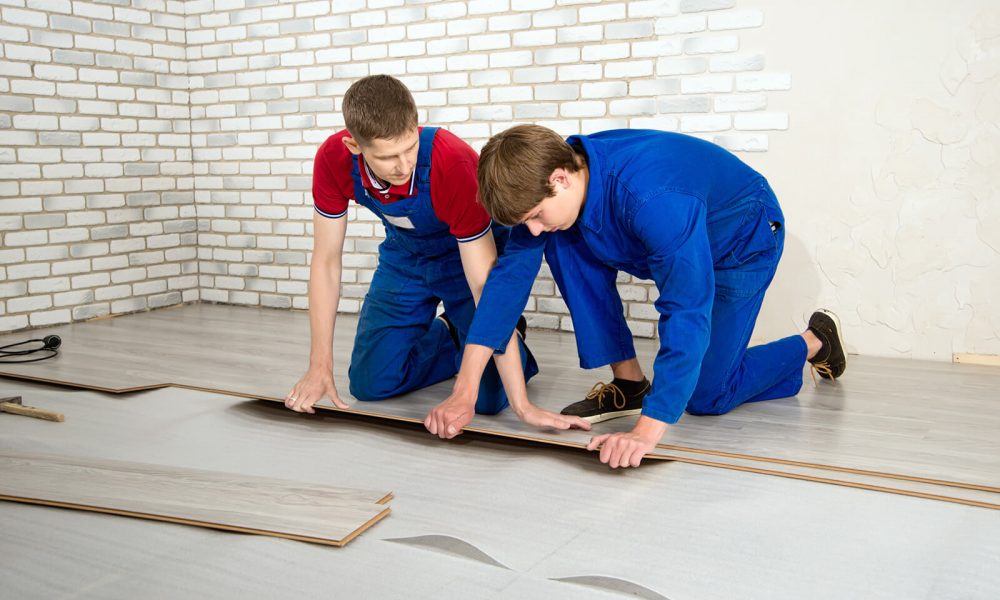There are a variety of tools available for floor self-leveling, and each has its advantages and disadvantages.
One of the most common types of floor self-leveling is the computerized system. These systems use sensors to detect the changes in the surface below and use that information to adjust the machine accordingly. This is usually a quick and easy process, but there are some downsides. One disadvantage is that these systems tend to be less accurate than manual leveling systems, which means that you may have to repeat the adjustment more often.
Another type of floor self-leveling system uses hydraulic pressure to adjust the machine’s position. This type of system is usually more accurate than computerized systems, but it can take longer to set up and operate because it requires an infrastructure with a large storage capacity for fluidics.
Motos, on the other hand, are designed specifically for floor self-leveling. They use a series of gears and displacement systems to move the platform by the pressure being applied by the sensors. This ensures that the floor remains at an even height regardless of how much weight is being put onto it.
The last type of floor self-leveling system uses electric motors instead of hydraulics or pneumatics. These systems are generally faster and easier to set up, but they also tend to be more expensive than other types of machines.
Step-by-Step Guide to Installing a Self-Leveled Floor
If you’re looking to install a self-leveled floor, then this guide will help you get started.
First, you’ll need to gather the materials that you’ll need for the installation. These include:
- Leveling feet (if necessary)
- Treadmill or similar device to adjust the level of the floor
- Pneumatic drill or screwdriver
- Hammer and nails
- Leveling stakes (if necessary)
- Tape measure or other measuring tool
- Square or level surface on which to place the leveling feet when installing the floor
- Chisel or another sharp object to cut away excess material from around leveling stakes and edges of a concrete slab.
FAQs on Floor Self Leveling
What is floor self-leveling?
Floor self-leveling is a technology that uses sensors to detect the height of the floor, and then adjusts the elevation of the wheels accordingly. This allows you to adjust the level of your floors without having to use any tools or manual labor.
Why is floor self-leveling important?
There are several reasons why floor self-leveling is important. Firstly, it can save you time and energy by allowing you to do repairs and adjustments without having to leave your workstation. Secondly, it can help reduce wear and tear on your floors, making them last longer. And finally, it can make your floors more accessible for people with disabilities or mobility issues.
How does floor self-leveling work?
The robots use their sensors to detect the surface of the floor and adjust their weight to keep them level. This system works even if there are obstacles like furniture or people on the floor.




